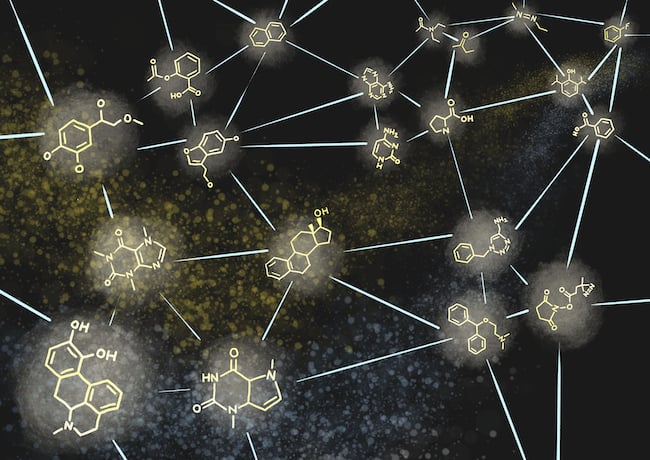
The search for extraterrestrial life has occupied mankind for what feels like an eternity. British researchers have now succeeded in developing a method to identify how a molecule was formed by its composition. This method could help in the search for extraterrestrial life in the universe and eventually even lead to the creation of new life forms in the laboratory, say the University of Glasgow scientists led by Professor Lee Cronin, who developed this assembly theory in collaboration with collaborators from NASA and Arizona State University.
In this assembly theory, for example, one uses a mass spectrometer to determine how many bits a molecule consists of. The greater the number of individual bits, the greater the assembly number. The more complex a molecule, the less likely it is to have arisen by chance. It must therefore have arisen in the course of evolution. The researchers were also able to demonstrate that the system works not only for samples from all parts of the Earth, but also for extraterrestrial ones. This showed that life on Earth can only produce molecules with high composition numbers.
“The first falsifiable hypothesis for the detection of life”
One of the biggest challenges in the search for extraterrestrial life is identifying chemical signatures unique to life, the scientists explain. This has already led to several ultimately unproven claims about the discovery of extraterrestrial life, they say. The metabolic experiments on NASA’s Viking Mars lander, for example, also detected only simple molecules. Their existence could be explained by both living and natural, non-living processes.
“Our system is the first falsifiable hypothesis for life detection,” enthuses Professor Cronin, Regius Professor of Chemistry at the University of Glasgow. “It’s based on the idea that only living systems can produce complex molecules that could not form randomly in any abundance. This allows us to sidestep the problem of defining life – instead we focus on the complexity of the chemistry.”
In addition to the sheer number of bits that make up a molecule, he said, molecular assembly theory can also be used to explain that the greater the number of steps required to decompose a given complex molecule, the less likely it is that the molecule arose without life. The result of this decomposition is the so-called molecular assembly number, which can be measured experimentally.
No false positives possible
The researchers were able to observe the molecular atomic number of individual molecules during experiments in the laboratory by disassembling the molecules using fragmentation tandem mass spectrometry. Unlike all other complexity measures, this molecular assembly number is the only complexity measure that can be both calculated and directly observed.
“This is important because developing an approach that cannot produce false positives is vital to support the first discovery of life beyond Earth, an event that will only happen once in human history,” Professor Cronin said. Thus, a life-detection tool based on this method could be used to detect life in outer space and even detect the emergence of new forms of artificial life in the laboratory.
The team describes a universal approach to detecting life in the journal Nature Communications. The research was supported by funding from the Engineering and Physical Sciences Research Council (EPSRC), The John Templeton Foundation, the European Research Council (ERC) and the Defense Advanced Research Projects Agency (DARPA).
Also of interest:
“Nüwa”: Urban planning on Mars as a model for Earth?
German astronomers discover 18 Earth-sized exoplanets
Einstein was right after all: First picture of a black hole

